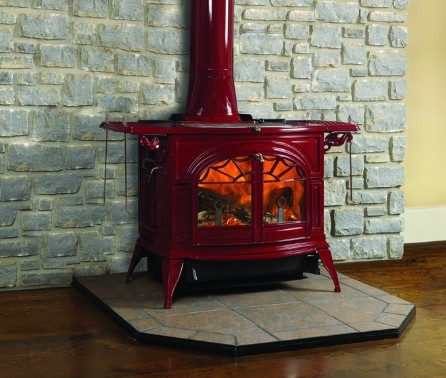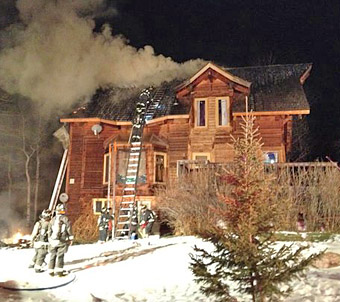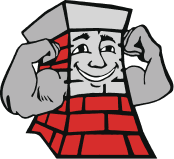Prevent Potential Hazards with Your Wood Burner
 You may be aware that fireplaces, stoves, and fireplace inserts are three popular types of wood burners, but are you aware of the most common reasons for hazardous fires caused by wood burners? Whether you are trying to choose which kind of wood burner is right for your home or if you want to know more about the appliances you already have, this guide should help. The most important reason to become familiar with your wood-burning appliance is to keep your home and family safe. Fires related to wood burning are associated with approximately 280 fatalities and 2,500 injuries in the U.S. every year.
You may be aware that fireplaces, stoves, and fireplace inserts are three popular types of wood burners, but are you aware of the most common reasons for hazardous fires caused by wood burners? Whether you are trying to choose which kind of wood burner is right for your home or if you want to know more about the appliances you already have, this guide should help. The most important reason to become familiar with your wood-burning appliance is to keep your home and family safe. Fires related to wood burning are associated with approximately 280 fatalities and 2,500 injuries in the U.S. every year.
Wood Burner Hazards
When wood-burning appliances aren’t maintained or operated properly, the result can be an out-of-control fire. The following are some of the leading causes of fires related to wood burning:
- The clearance is not adequate between the wood burner and combustible materials such as ceilings, walls, floors, and furniture.
- An excess buildup of creosote in the chimney results in an intense chimney fire that leads to a house fire. Creosote is highly flammable, and some of the black, tar-like substance is deposited every time a wood burner is used. If the creosote is not removed from the chimney lining, the chances of a dangerous chimney fire are much greater, since a hot ember could ignite the creosote.
- The chimney is installed incorrectly.
- The chimney is not properly maintained.
- The appliance is not installed or maintained according to manufacturer’s instructions.
Clearances
Having your wood burner professionally installed is highly recommended, to ensure safe use of your appliance. In fact, some insurance companies will not cover fires caused by wood burners unless the appliances are professionally installed. One of the most important aspects of proper installation is adequate clearance from combustibles. The following information is not specific to a particular type of appliance. It is critical that your wood burning appliance be installed according to manufacturer guidelines.
- The minimum clearance between wood burners and walls is 36 inches. The reason for the distance is because high temperatures can affect wall coverings so that they will ignite at lower temperatures. Noncombustible shields or wall protectors are available and used in order to reduce the clearances. Please note that sheet metal, aluminum foil, and brick veneer are not approved or adequate wall shields. Heat can penetrate these materials and ignite a fire.
- Combustible coverings such as linoleum, carpet, and wood must be covered with a floor protector to the front, rear, and sides of the wood-burning appliance.
- For many wood burners, a stovepipe is used to connect the stove and the chimney. The stovepipe must also have proper clearance from combustibles, and the minimum distance between the stovepipe and unprotected ceilings and walls is 18”.
Chimneys
 Approximately 45,000 chimney fires occur every year, according to the U. S. Consumer Product Safety Commission (CPSC). Chimney fires are intensely hot and can damage a chimney flue, which exposes combustible materials to the raging heat, often causing a house fire. To ensure that chimneys are safe to use, have a professional chimney sweep inspect the chimney annually and clean it, as needed.
Approximately 45,000 chimney fires occur every year, according to the U. S. Consumer Product Safety Commission (CPSC). Chimney fires are intensely hot and can damage a chimney flue, which exposes combustible materials to the raging heat, often causing a house fire. To ensure that chimneys are safe to use, have a professional chimney sweep inspect the chimney annually and clean it, as needed.
Have smoke detectors and carbon monoxide detectors installed in your home, and contact our professional chimney technicians for maintenance and inspection of your wood burner.
Northeastern Chimney, Inc.
37 Cody Street, West Hartford, CT 06110
Phone: 860-233-5770


